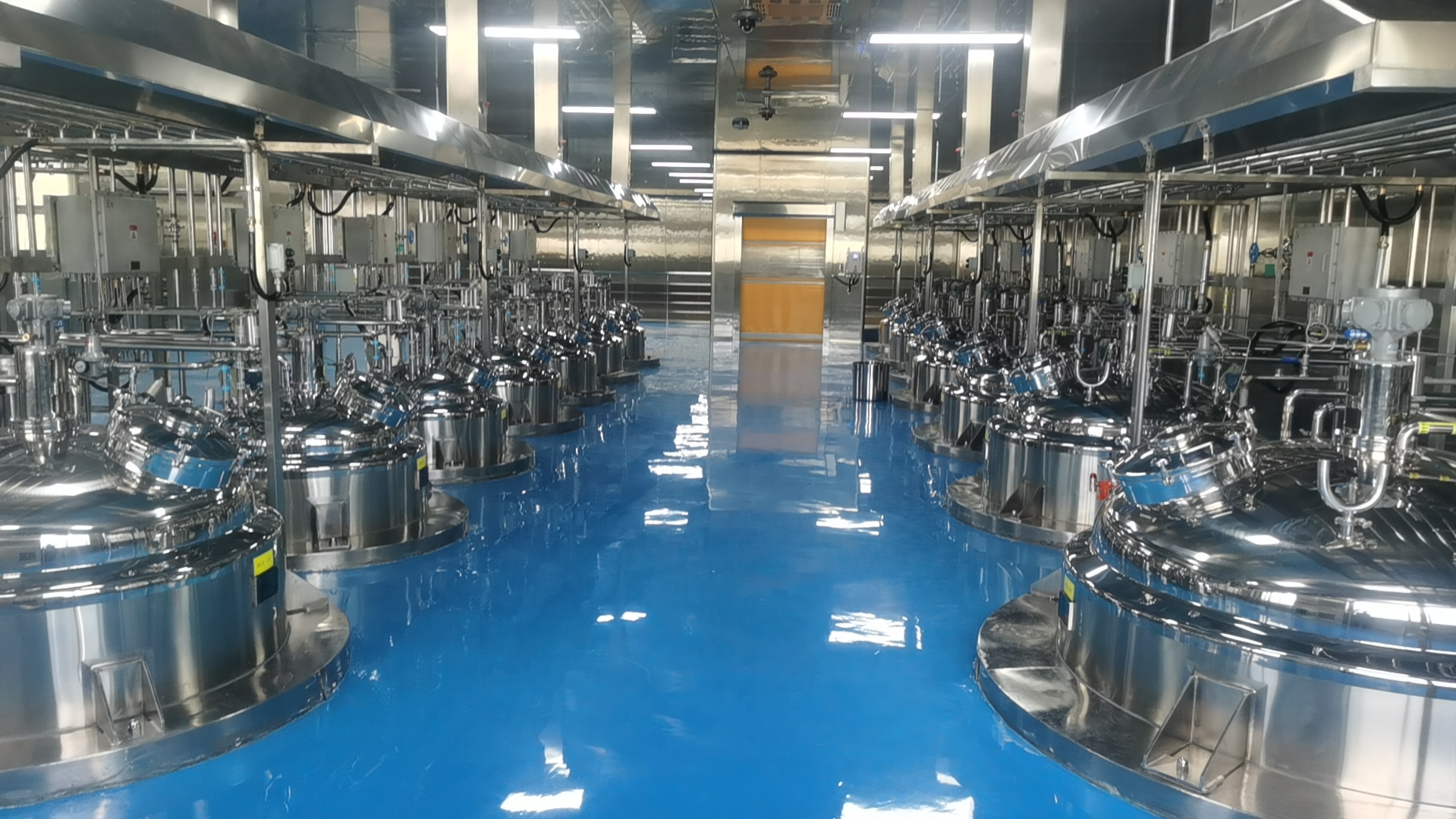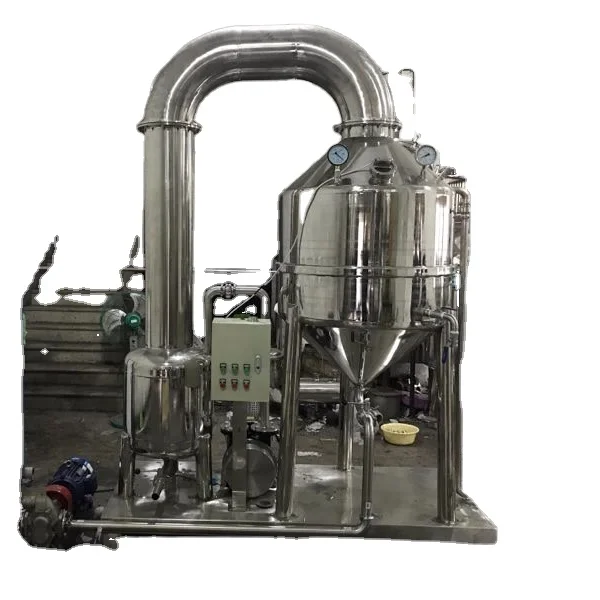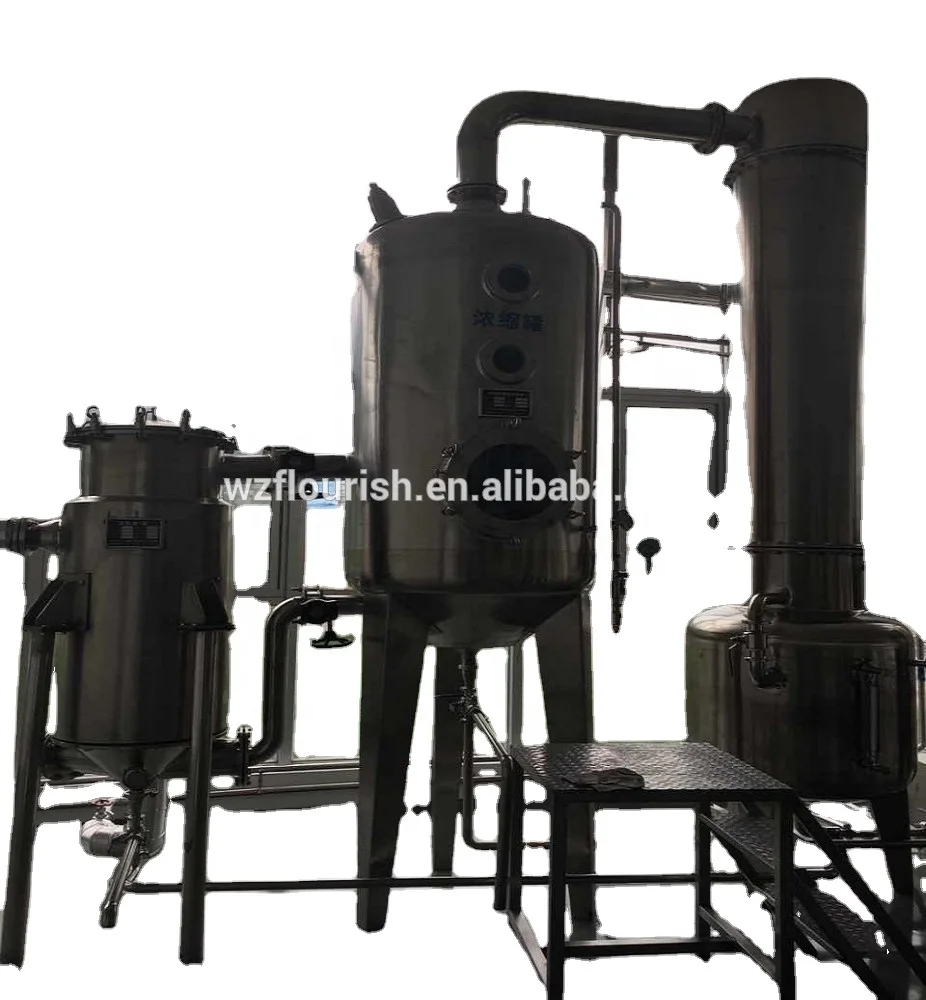
ABOUT
Wenzhou Vince Machinery Science Co., Ltd. was established in early 1980s. Our company covers an area of 6500 square meters and is an independent legal representative firm, possessing rich economic technology strength. Our company is a high tech enterprise and plays an important role in national dairy, foodstuff, pharmacy and machinery industries. We are a beverage machinery supplier.
Since the establishment, our company has mainly engaged in dairy products, foodstuff, beverage machinery, bean products, yellow wine, medicines and fermentation projects. What's more, our company supplies a complete sequence services in manufacturing, installation, test and personnel train, as well as the whole direction service design and consulting service on product project construction or enlargement artistic distribution engineering sets budget.
Modern Thin Film
Fabrication Techniques
Creating modern thin films is a precise art, employing various techniques tailored to the desired material and application. Physical Vapor Deposition (PVD) methods, like sputtering and evaporation, involve vaporizing a source material and depositing it onto a substrate. Chemical Vapor Deposition (CVD) utilizes chemical reactions to deposit thin films, offering precise control over composition and structure. Solution-based techniques, such as spin coating and dip coating, are cost-effective and suitable for large-scale production, particularly for polymeric or solution-processable materials. Each method offers advantages and disadvantages regarding cost, scalability, and film quality, making the choice crucial for the final application.
Furthermore, advancements in techniques such as atomic layer deposition (ALD) allow for exceptionally precise control over film thickness and composition at the atomic level, paving the way for creating films with unprecedented properties. This level of control is particularly crucial in applications requiring extremely thin and uniform layers, such as in advanced microelectronics.
Characterization and Properties
Accurately characterizing the properties of thin films is critical for ensuring their performance. Techniques like X-ray diffraction (XRD) and transmission electron microscopy (TEM) reveal the crystal structure and morphology, while spectroscopic ellipsometry determines thickness and optical constants. Electrical measurements assess conductivity and dielectric properties, vital for electronic applications. Furthermore, surface analysis techniques such as atomic force microscopy (AFM) provide information on surface roughness and topography, crucial factors influencing film adhesion and performance.
The properties of thin films are dramatically different from their bulk counterparts. The reduced dimensionality leads to size effects, influencing electronic, optical, and magnetic behavior. For instance, quantum confinement effects in semiconductor thin films can lead to tunable band gaps, enabling the creation of optoelectronic devices with tailored functionalities. Similarly, the high surface-to-volume ratio contributes to enhanced catalytic activity and sensing capabilities.
Applications Across Industries
The versatility of modern thin films is evident in their diverse applications. In electronics, they form the basis of transistors, capacitors, and other components in integrated circuits. Optical coatings, such as anti-reflective and high-reflectivity coatings, are crucial for improving the performance of lenses and optical instruments. In energy technologies, thin film solar cells offer a cost-effective and flexible alternative to conventional silicon-based cells. The biomedical field benefits from thin film coatings for drug delivery, biosensors, and implantable devices.
Moreover, the development of novel thin film materials continues to open new avenues. For example, the exploration of two-dimensional materials like graphene and transition metal dichalcogenides promises revolutionary advancements in flexible electronics, high-frequency devices, and energy storage. The ongoing research and development in this field guarantee that the future will see even more innovative and impactful applications of modern thin films.
SUBSCRIBE
INQUIRY





